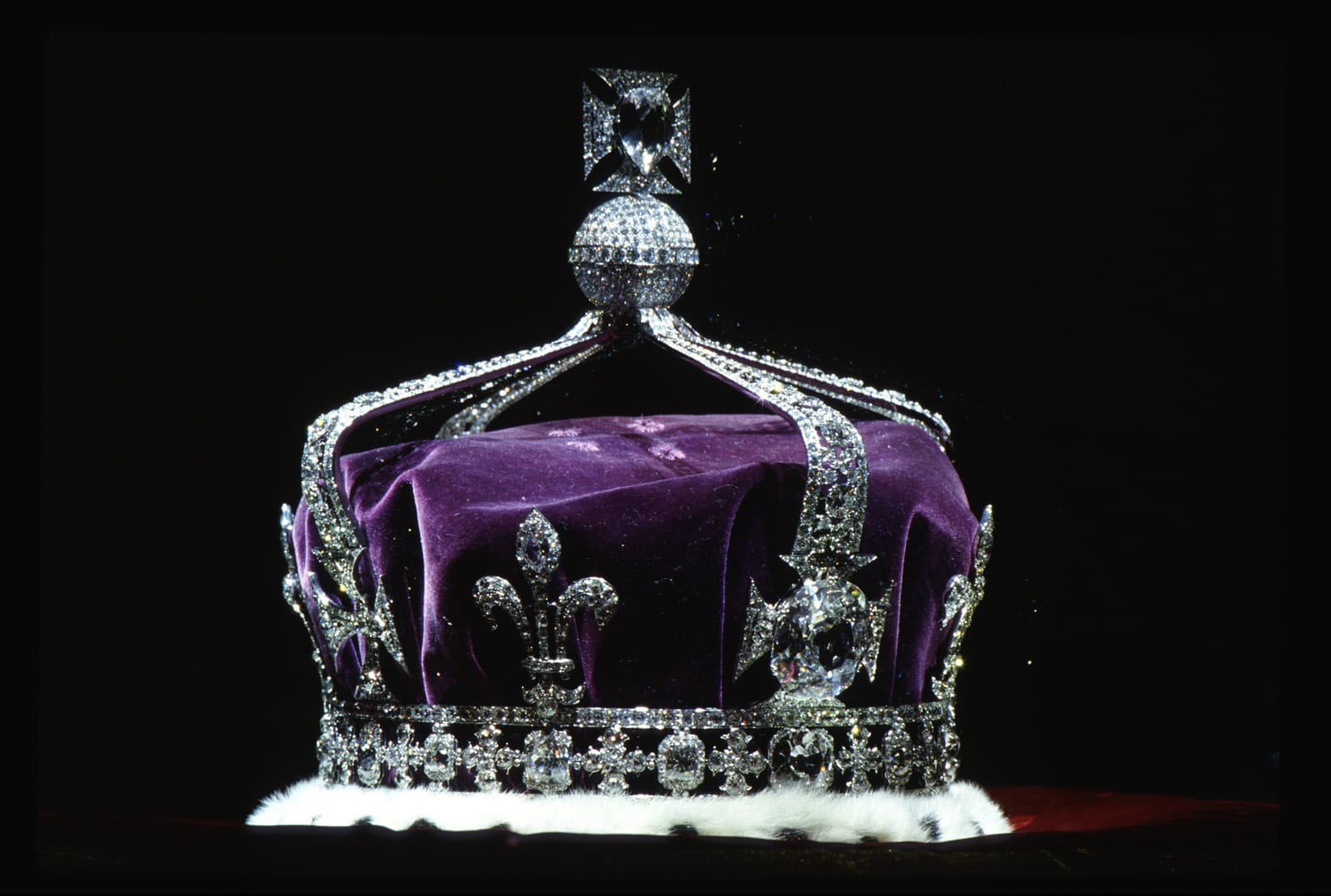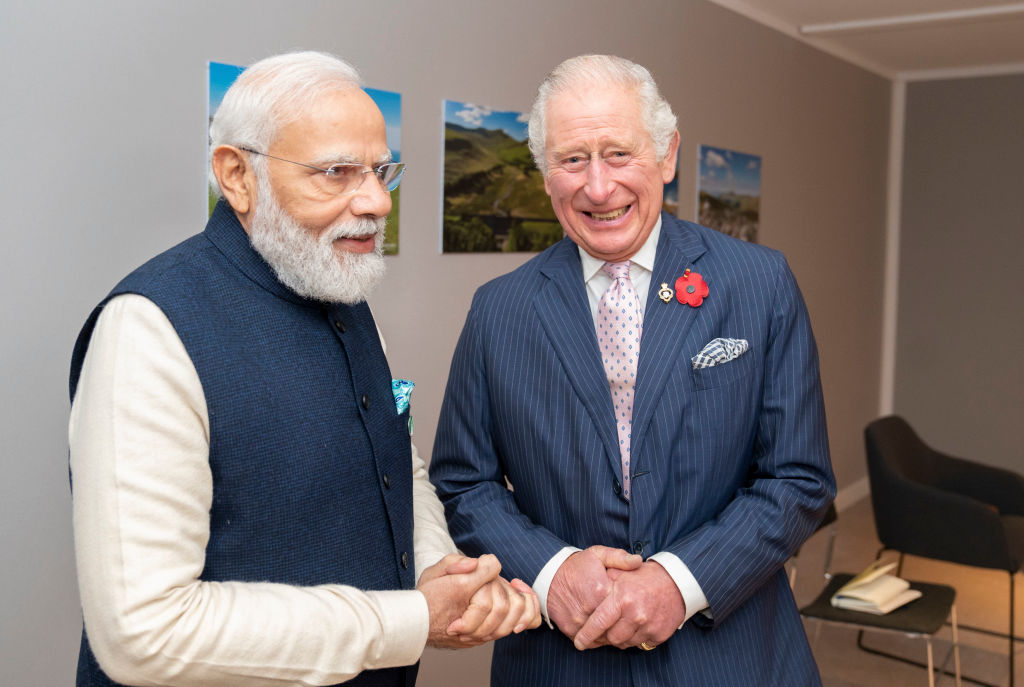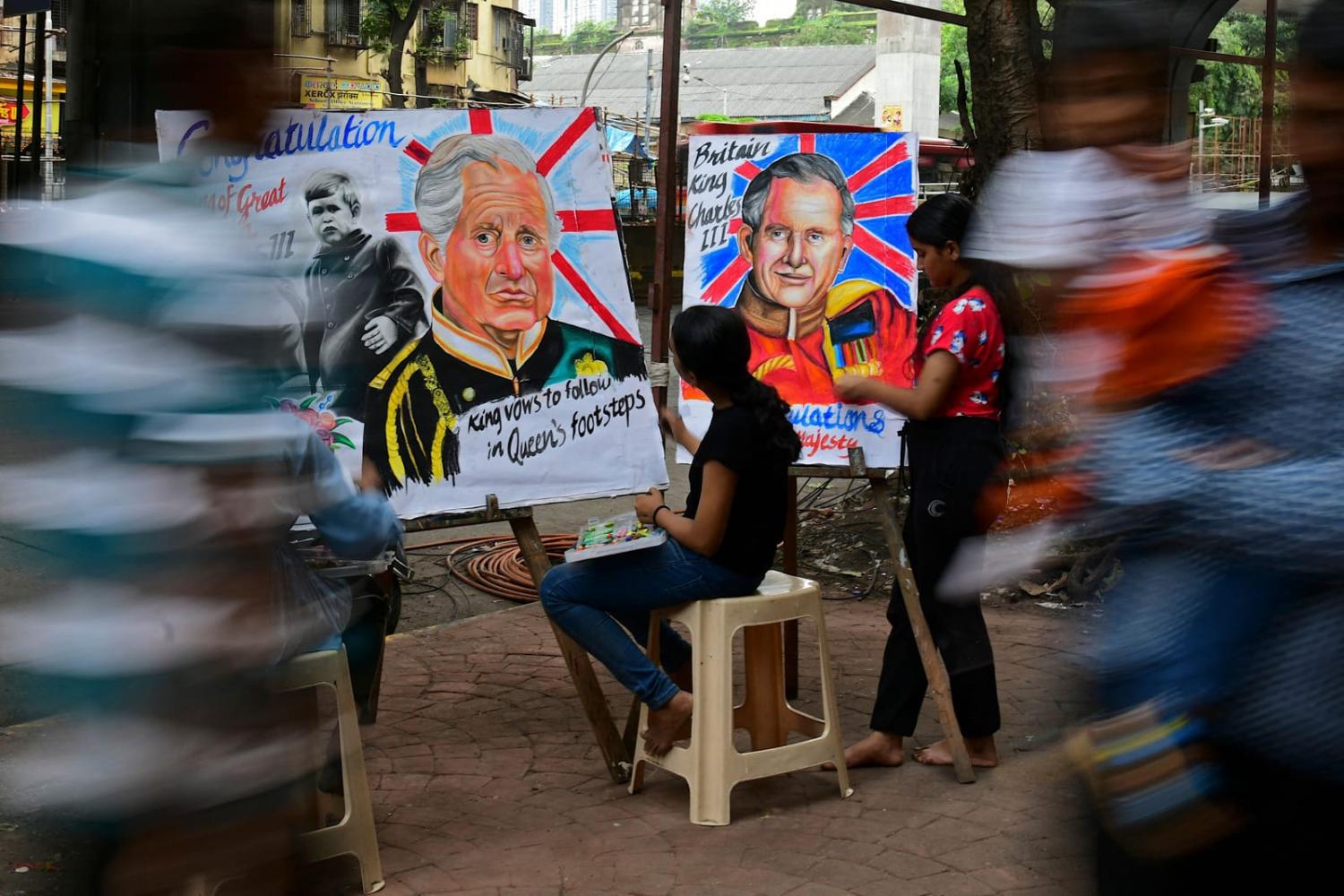As the coronation of British King Charles III approaches, the royals are keenly aware that this time, the celebration will be less a wholesale celebration of Empire and rather, an opportunity to remind an increasingly sceptical public that they are, in fact, not just relevant but actually necessary. Likely to be downplayed in the pageantry on 6 May will be the vestiges of Britain’s colonial past, the spoils of its hundreds of years spent plundering the rest of the world.
There’s no bigger symbol of this plunder than the Koh-I-Noor diamond. Even the most avowed anti-colonial would likely know of the Koh-I-Noor: it’s a very large and sparkly rock, 105.6 carats in size, claimed by India, Pakistan and even the Taliban in Afghanistan, but resolutely held on to by the British Royals. It might even be the jewel in the crown of the Crown Jewels.
Britain insists it received the diamond by legitimate means, but historians say its previous owner, 11-year-old Duleep Singh, had his arm twisted to hand it over. Now it is housed in the Tower of London. It was last seen in 2002 when it was placed atop the Queen Mother’s coffin at her funeral, and for a while, it was expected to again feature atop Queen Camilla’s head in the coming celebrations. But after some fairly vociferous opposition from the subcontinent, including by Prime Minister Narendra Modi, the family has apparently backed down, and put out the word that a different controversial stone will be on the crown instead.

It is a wise move, particularly as decolonisation increasingly takes hold in many former British colonies. A number of them – including Jamaica and the Bahamas – have already said they plan to shift to become republics. In India, Modi has embraced decolonisation, even incorporating it into his forward planning. The language of decolonisation is nothing new, with cities, street names and even people renamed in a more Indianised way, have been about replacing British nomenclature with avowedly Indian monikers. Bombay became Mumbai in 1995, and Bangalore became Bengaluru in 2007. Whatever their background, Indians have long articulated their desire to expunge the British influences from their lives and their country. (Although, not the railways. Nor the Westminster system. And not even the Indian Penal Code, date-stamped 1860 and still in use today.)
Modi has efficiently woven this desire into the fabric of his 25-year plan, which he announced last August, saying that is how long it will take for India to become a developed nation. In a national address, he said in order to get there, Indians needed to take on five “pranas” (prana means life-giving force, or vitality, in Hindu and yogic spirituality), the second of which is a call to “erase all traces of servitude”.
By servitude, he means the colonial mindset. Since, his government and the Indian media have repeatedly referenced “decolonising the mind”, a concept raised by Kenyan writer Ngũgĩ wa Thiong’o in reference to language and how it has been used in decolonisation practices in Africa.
A big part of what we’re seeing in Modi’s India is a new muscular Indian identity that has decolonisation as its centrepiece. Indian self-pride is totally predicated on the idea that first, there needs to be a separation from the colonial mindset – that is, for Indians to free themselves from feeling like subjects. (Although, two generations on from the British Raj, it’s questionable that this is even the case, as Indians are nowadays much more focused on the United States than the United Kingdom.)

In September, Modi unveiled the newly-renovated Raj Path, a majestic causeway flanking Delhi’s Parliamentary zone, renaming it Kartavya Path and launching a 28-foot tall statue of freedom fighter Subhash Chandra Bose, and described it as a major step forward in efforts to decolonise. “The Raj Path was for the British Raj, to whom the people of India were slaves. The spirit of Rajpath was also a symbol of slavery, its structure was also a symbol of slavery,” Modi said in his speech. “Today its architecture has changed, its spirit has also changed. I congratulate all the countrymen for their freedom from yet another identity of slavery”.
The refurbishment of Raj Path, as I wrote in 2021, also redrew the area’s boundaries significantly, meaning there is now far less public space.
In the same speech, Modi outlined other ways the Indian government is seeking to show its decolonisation project in action include a change to the time and date of the federal budget (the previous time and date was apparently chosen as it was aligned to the timing of the British parliament), and via the National Education Policy, meaning “now the youth of the country are being liberated from the compulsion of foreign language”.
So this is probably where things have gotten gnarly.
The 2020 National Education Policy stated its intent to return Indian education to traditional values. It is a comprehensive document, but reading between the lines, some critics immediately picked up on elements contained within it that had red flags around a return to institutional casteism. And there were even more vocal concerns over the language of instruction, with the policy advising that the regional tongue should replace English as the language of education in the early years, and a renewed focus on Sanskrit, which not a language used in everyday life.
Last year, one state started offering medical degrees taught in Hindi. The rationale for the education language changes is stated as that it’s about “decolonisation” – but alongside deep concerns that Modi and his BJP are reforming India into their mould, it stands out that regional languages and English are not being given the same status as Hindi and Sanskrit.
What one calls a decolonisation project and a reframing of Indian public life with British relics removed, others call out using it as cover for creeping Hinduisation. The point of it seems to be to advance India’s nationalism and therefore the idea of Indian exceptionalism.
So while India might not get its offshore riches back anytime soon, it is already replacing the colonial mindset in its people with a new one, steeped in national pride and identity – but it’s a very singular one. In his quest for nationhood and greatness, Modi is certainly taking cues from somewhere – and it’s not Britain.

